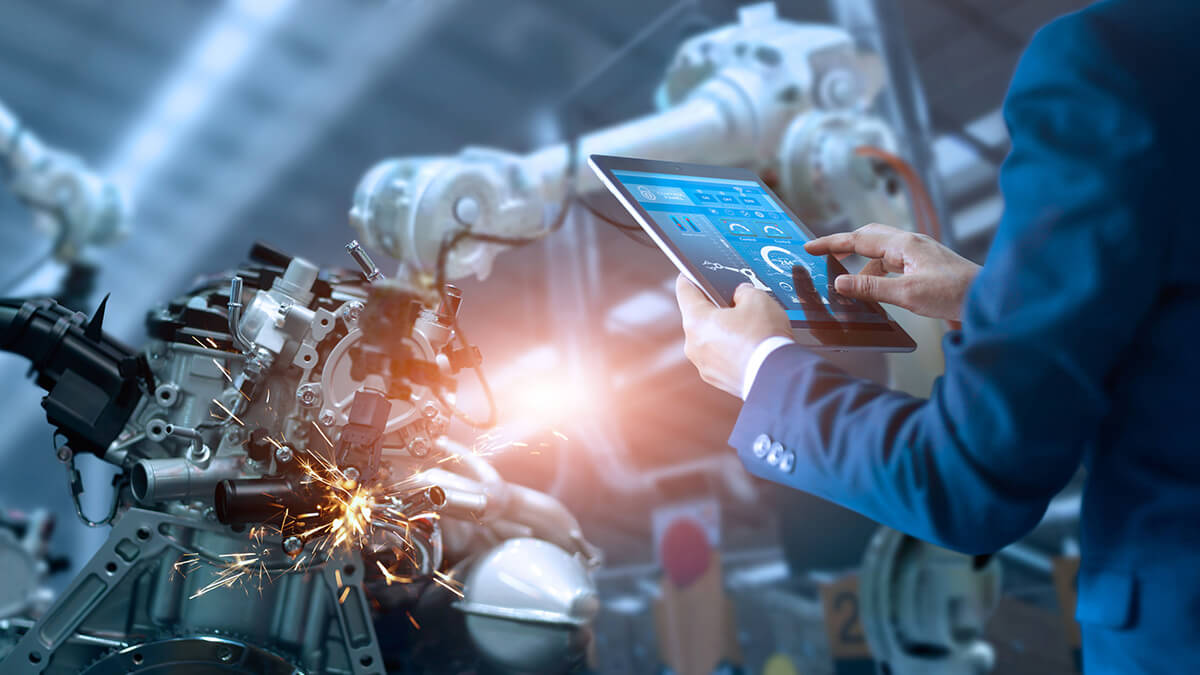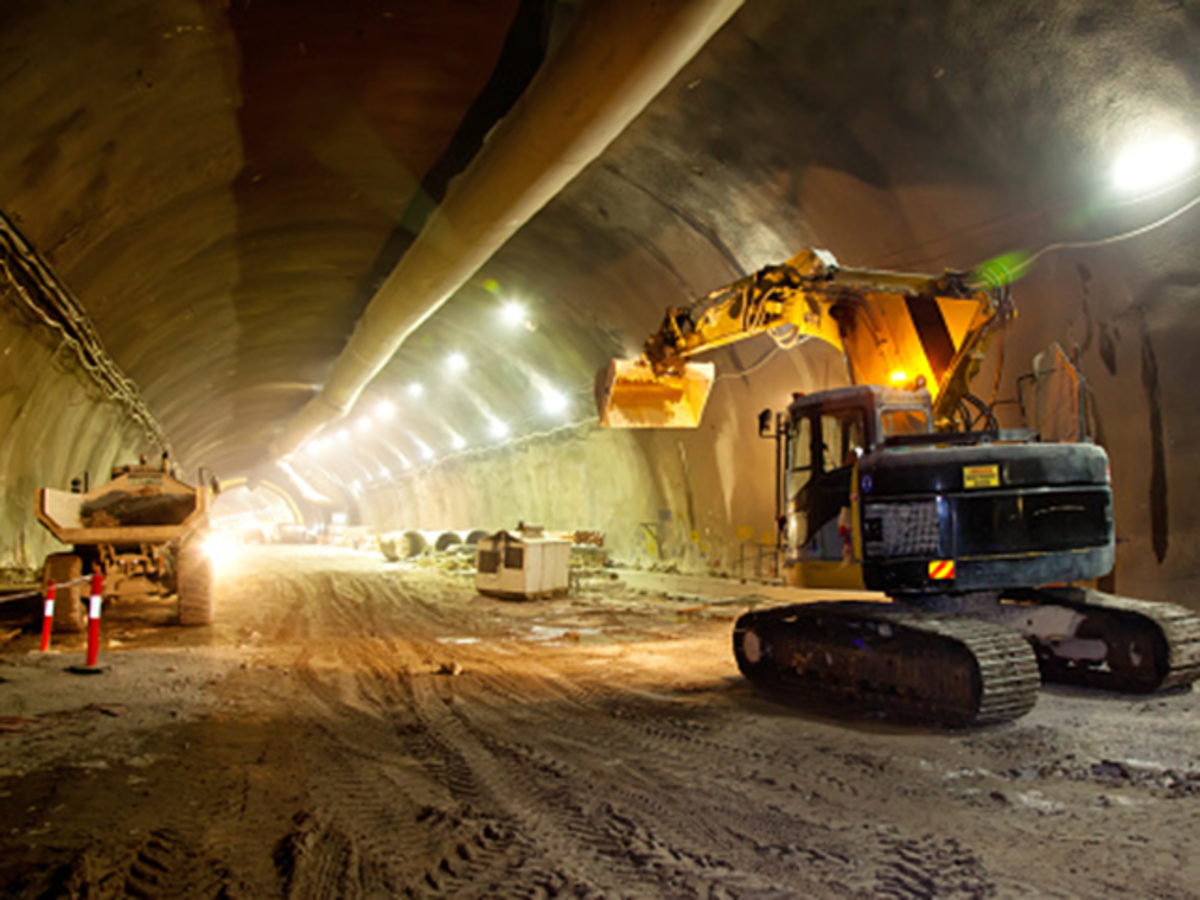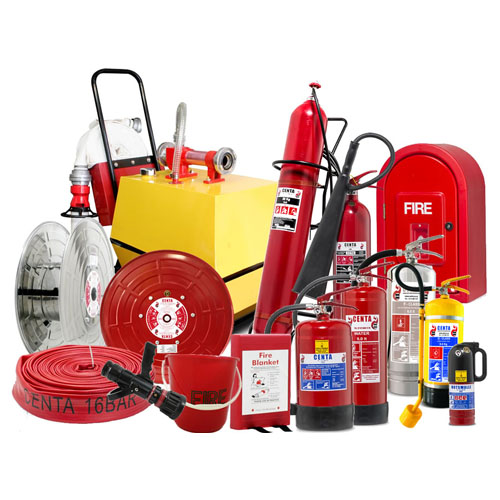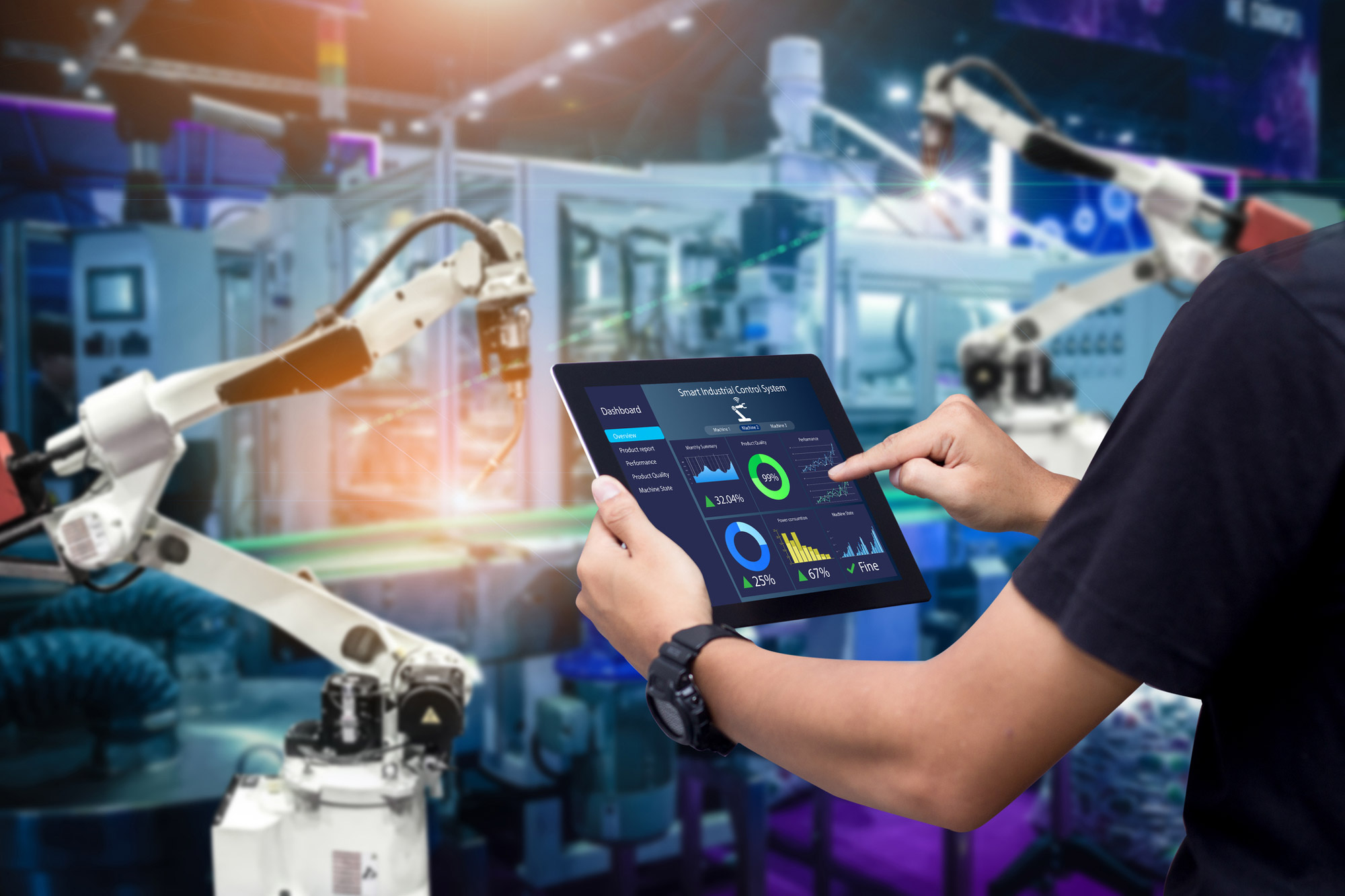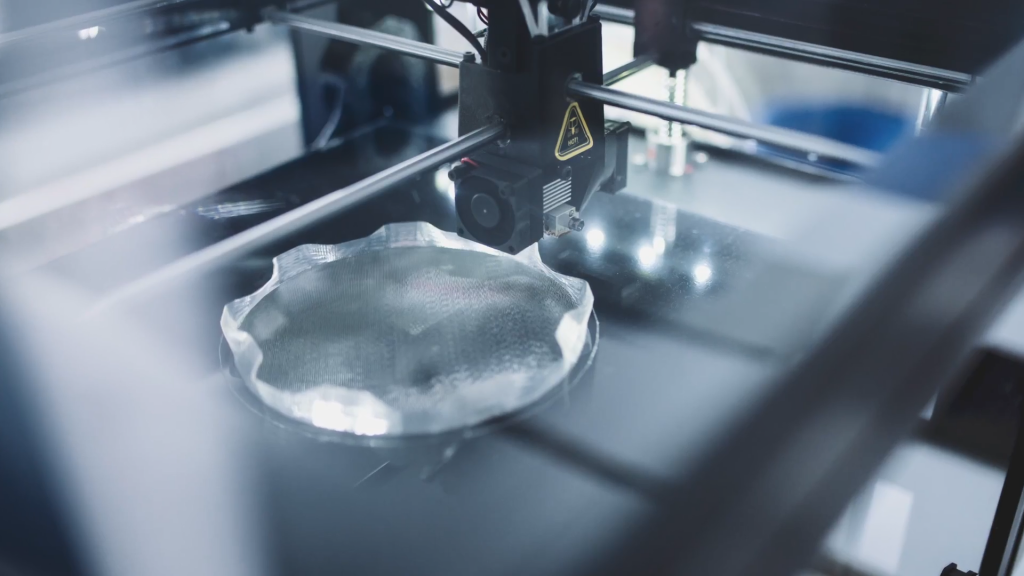Industrial Automation: Transforming the Process Industry
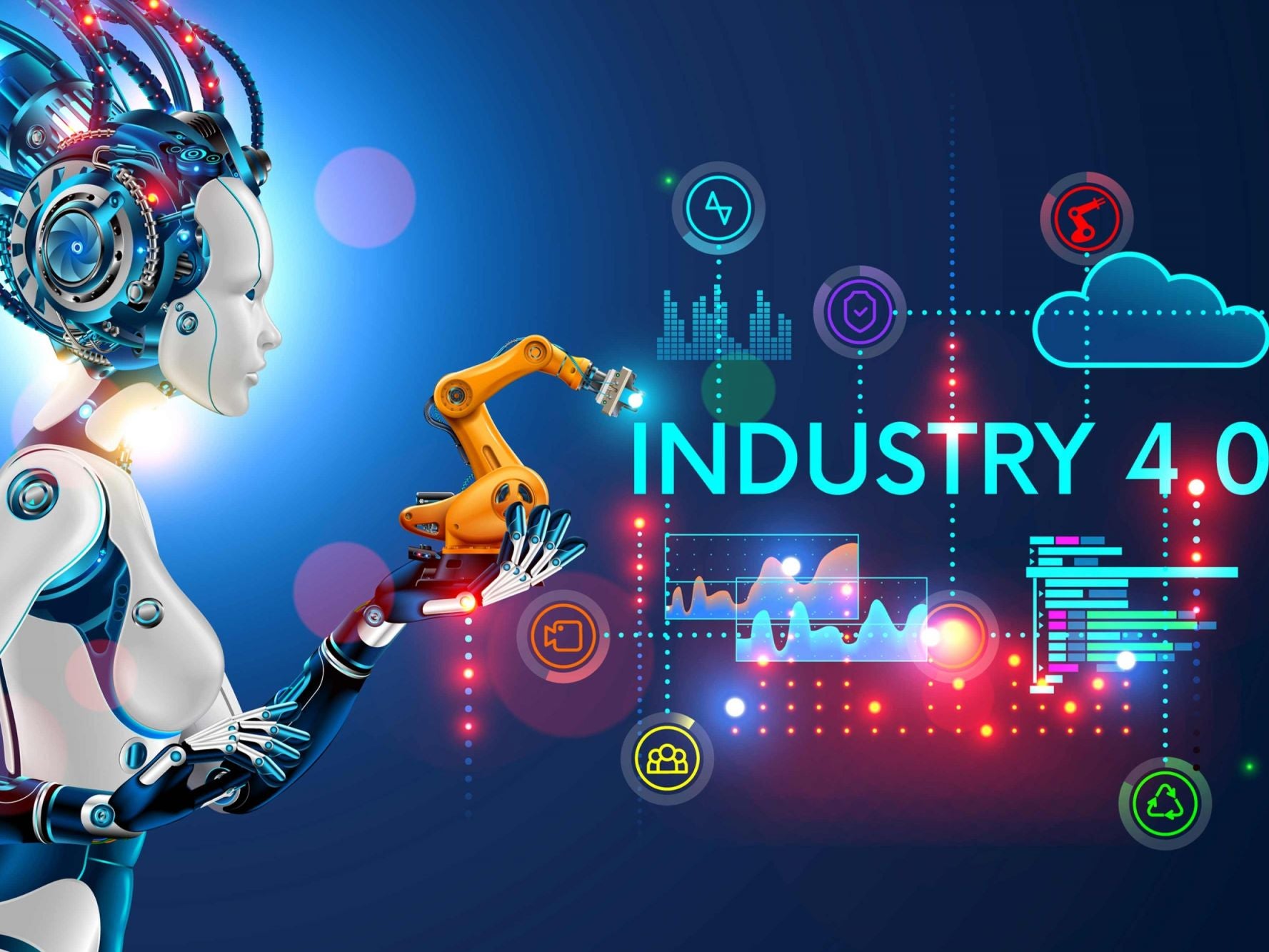
Industrial automation has been around for quite some time now, but it was only in the last few decades that production and manufacturing have been transformed by this technology. As people are increasingly embracing this technology to help them with their day-to-day activities, it is creating a new era of manufacturing.
The introduction of industrial automation can be traced back to the late 1800s when electricity started being used for lighting and power generation. This led to increased use of motors which eventually became important for transportation as well as for industrial purposes. In the 1920s, electrical current was also used to drive machines which made it possible for factories to produce more efficiently with less human labor. Read through this article to find out more about industrial automation.
Manufacturing Industry Disrupted by Industrial Automation Technologies
Industrial Automation is disrupting the manufacturing industry in several ways, such as improved production efficiency and increased automation. The pace of change has been rapid with more than 40% of factories worldwide already using industrial automation technologies.
Industrial Automation has been around for a while, but it was not until the last few decades that it started to get mass adoption. This is because of the advancements in technology and improvements in manufacturing processes.
How to Use Industrial Automation to Boost Productivity & Reduce Costs
Industrial automation is a key factor in boosting productivity and reducing costs. In modern manufacturing, it has become the key to success. It can be used in many different ways such as using robotics, using 3D printing, or using machine learning algorithms to make better decisions.
Industrial automation helps companies to reduce the cost of production and improve productivity. To get the most out of it, you need to have a clear understanding of what your company does and what it needs. It is a process that automates any manual or semi-manual task in manufacturing, warehousing, logistics, and other industrial activities. It can increase productivity by improving efficiency and accuracy. Industrial automation can be used in many different industries such as manufacturing, logistics, food processing, mining, and construction.
Industrial Automation Trends Are Going Mainstream in 2022
Looking beyond 2022, several industrial automation trends are worth watching.
- The continued rise of artificial intelligence (AI) and machine learning (ML) is expected to transform the way factories operate. These technologies will enable machines to get smarter over time, improving performance and efficiency.
- The deployment of 5G networks is expected to accelerate, bringing higher speeds and lower latency to factory floors. This will enable new applications such as real-time monitoring and control of manufacturing processes.
- The use of data analytics is expected to grow, as factories look to glean insights from the increasing amounts of data being generated by their operations. By analyzing this data, factories will be able to identify trends and optimize their processes accordingly.
- The trend toward more collaborative robots is expected to continue, as these devices become more versatile and able to work safely alongside humans.
- Finally, the deployment of edge computing is expected to increase, as factories look to process data locally rather than sending it to the cloud. This will help to improve response times and latency.
All of these trends are expected to have a major impact on the way factories operate over the next few years.
The Potential for Industrial Automations in 2022 and Beyond - What's Coming Next?
We are on the cusp of a new era of industrial automation. In the next decade, we will see significant advances in robotics, artificial intelligence, and other technologies that will revolutionize manufacturing and other industrial sectors. Here are some of the potential developments that we may see in the next few years:
1. Robotics will become even more ubiquitous and sophisticated.
2. Artificial intelligence will become more widespread, helping machines to learn and perform more complex tasks.
3. 3D printing will become more widespread and sophisticated, allowing for the rapid manufacturing of complex products.
4. The Internet of Things will continue to grow, connecting more devices and machines to the internet.
5. Virtual reality and augmented reality will become more widely used for training, simulation, and design.
These are just a few of the potential developments that we may see in the next decade. Industrial automation is evolving rapidly and the possibilities are endless. Exciting times lie ahead!
What Are the Emerging Industries Where AI is Changing Life?
There's no doubt that artificial intelligence (AI) is revolutionizing many industries. From retail to healthcare, AI is changing the way businesses operate and impacting our everyday lives.
So what are the emerging industries where AI is changing life? Here are just a few examples:
1. Retail: Retailers are using AI to personalize the shopping experience for customers and improve operational efficiency. For instance, Amazon's use of AI-powered recommendations and customer service chatbots has been hugely successful.
2. Healthcare: AI is being used to develop new drugs, diagnose diseases, and even plan surgeries. AI-powered chatbots are also being used to provide patients with personalized health advice.
3. Finance: AI is being used to create new financial products, detect financial crimes, and improve investment decision-making. For instance, Goldman Sachs recently launched an AI-powered hedge fund.
4. Transportation: AI is being used to develop self-driving cars, improve traffic flow, and even plan routes for delivery drones.
5. Manufacturing: AI is being used to improve quality control, automated production lines, and even develop new materials.
Conclusion - The Journey of Artificial Intelligence and Industrial Automation!
The industrial revolution was a time of great change for humanity. We saw the rise of new technologies that changed the way we lived and worked. The industrial revolution saw the rise of new manufacturing technologies, such as the assembly line. This new way of manufacturing allowed for mass production of goods, which lowered the cost of goods and made them more accessible to the average person. Today, we are on the cusp of another industrial revolution. This time, the driving force behind this revolution is artificial intelligence (AI) and industrial automation. AI is already starting to have a big impact on the economy.


